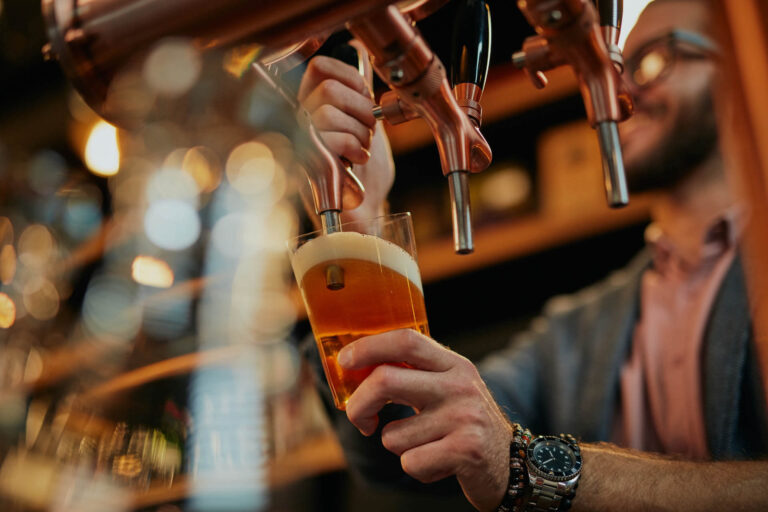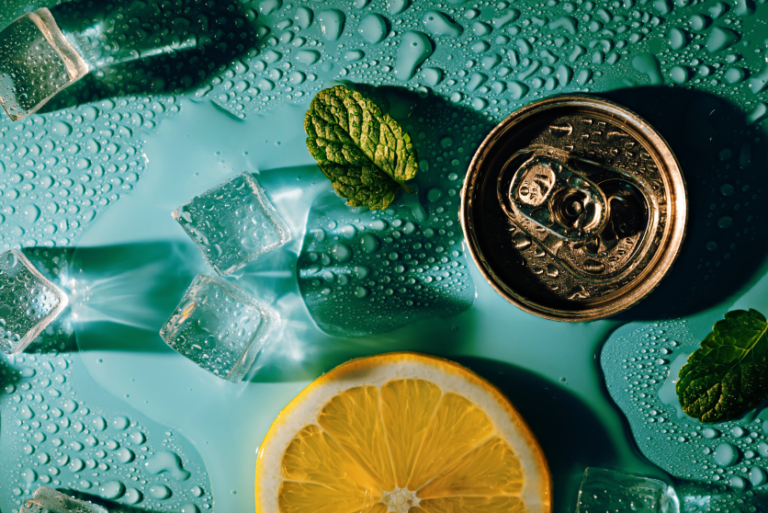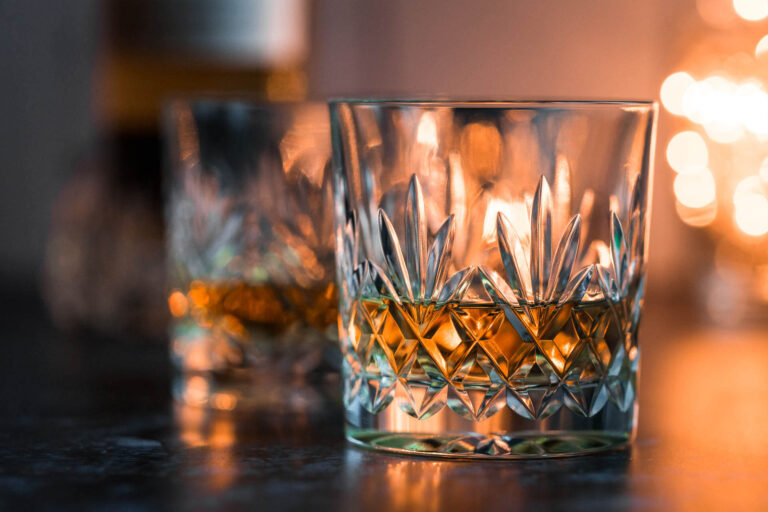This website uses cookies so that we can provide you with the best user experience possible. Cookie information is stored in your browser and performs functions such as recognising you when you return to our website and helping our team to understand which sections of the website you find most interesting and useful.
15/04/2025
Harnessing the opportunities in a reviving on-trade
A recovering global on-trade is key to the revival of beverage alcohol across key markets, but how do you obtain a clear and consistent measure of this notoriously fragmented and elusive channel? A new on-trade value measure from IWSR may have the answers.
The global on-trade is emerging from years of disruption, with positive signs of growth from a number of key markets – and now a new on-trade value product from IWSR offers a fresh window on this often opaque channel, with unrivalled depth and granularity.
The slowdown in on-trade consumption over the past few years – the result of pandemic disruption, price increases and consumer behaviour changes – has hampered total beverage alcohol (TBA) volumes as a whole.
By the same token, however, the channel’s recovery is key to the revival of TBA consumption across key markets. According to IWSR Bevtrac consumer research conducted in September 2024, on-trade consumption incidence is on the up: for example, while 58% of people surveyed in China in September 2023 said their last beverage alcohol consumption occasion occurred in the on-trade, this number had increased to 64% in September 2024.
A similar dynamic is evident in a number of key markets, including the US (increasing from 31% to 34%); the UK (35%-40%); Mexico (34%-40%); Italy (43%-48%); Germany (27%-33%); and Canada (19%-24%).
“After years of disruption, the on-trade channel is showing signs of revival in key countries, driving a long-awaited note of optimism for the global beverage alcohol market,” says Richard Halstead, COO Consulting & Consumer Insights. “The propensity to go out for Millennials in the US in particular over-indexes; as their circumstances start to improve, premium beverage categories such as whiskies and sparkling wine appear to be the biggest beneficiaries.
“Moderation is still evident in both the off- and the on-trade. However, our research shows that the going-out occasion prompts higher spend and more experimentation.”
On-trade opportunities: the problem
However, moulding a strategy to exploit growth opportunities in the on-trade remains highly challenging: reliable data and estimates of on-trade value by market are hard to find, and there is a general lack of visibility into the size of the prize in terms of the channel’s sell-out value – in other words, the amount of money actually spent by consumers in the world’s bars and restaurants.
“Coverage of beverage alcohol in the global on-trade is notoriously patchy,” explains Xian Wang, Chief Product Officer. “Local markets may have some sources, such as wholesalers or distributors, but stitching these together is painful, thanks to the existence of different approaches and methodologies.
“As a result, comparing and contrasting markets and categories in a standardised, consistent way is difficult. Decisions are therefore often made based on instinct, and on a few conversations or analogies from local markets – and are not grounded in consistent and comprehensive data.”
On-trade opportunities: the solution
IWSR’s new on-trade value data product aims to resolve these difficulties. Complementing the company’s existing Global Database On-trade Volume data, it offers additional depth and channel granularity, displaying on-trade value sell-out, or consumer expenditure.
Launching in May 2025 alongside IWSR’s annual Global Database release, the new product covers the world’s top 20 markets – China, the US, the UK, Brazil, Japan, Germany, India, France, Mexico, Italy, Canada, Australia, Spain, South Africa and Taiwan; plus five additional destinations: Poland, South Korea, Thailand, the Netherlands and Colombia.
IWSR are collecting price multipliers via menu capture of an indicative number of outlets across venue types (bars/restaurants), price points (low, mid or high) and regional distribution. Further adjustments take account of price differences between city, urban and rural locations.
These price multipliers are used with volume data to gain an insight into on-trade price to consumer value.
“IWSR’s new on-trade value product provides transparency into the channel among the top 20 global markets, in an area of the industry where market sizing is notoriously opaque. It provides brand owners with insights into which categories in which markets are taking off, enabling them to assemble the right product assortment to take advantage of trends at different types of venue.
“It also helps them to decide how best to support operators in the on-trade marketplace, using data to advise them to focus on a particular price band or category – and therefore to stock their brand line as a result.”
On-trade opportunities: case studies
Agave spirits
Looking at the on-trade opportunities for agave spirits in Australia, Brazil, France, Poland and the UK, an analysis of market value by price segment and venue type provides the following insights:
- Agave spirits in the Australian on-trade are heavily weighted towards premium and super-premium, with minimal volumes in the standard price tier
- Agave remains a small category in the French on-trade, with most sales concentrated in the super-premium segment
- In Poland and Brazil, agave’s positioning is largely in the premium price tier
- In the UK, unlike in other countries, agave enjoys good penetration at all price tiers across both restaurants and bars. Furthermore, more value goes through restaurants than bars.
Sparkling wine in the UK and France
Analysis of on-trade value data shows different price point opportunities across different markets. In the UK, sparkling wine is mostly confined to super-premium-and-above price tiers, with most of the value driven through mid-range bars and restaurants.
Conversely, in France, value is driven equally through standard and super-premium-plus segments.
Whisky/cane in Brazil
The cane (cachaça) on-trade market in Brazil is huge in value terms, with whisky a very distant second. However, by analysing the historic data in the Global Database, we can see that cane is declining in the on-trade – and that whisky appears to be the drink that many consumers are switching to.
Looking in greater detail at category pricing segmentation, premium whisky appears to offer the largest value opportunity, although the value and standard price tiers are also significant in value terms.
The above analysis reflects IWSR data from the 2024 data release. For more in-depth data and current analysis, please get in touch.
CATEGORY: All | MARKET: All |





